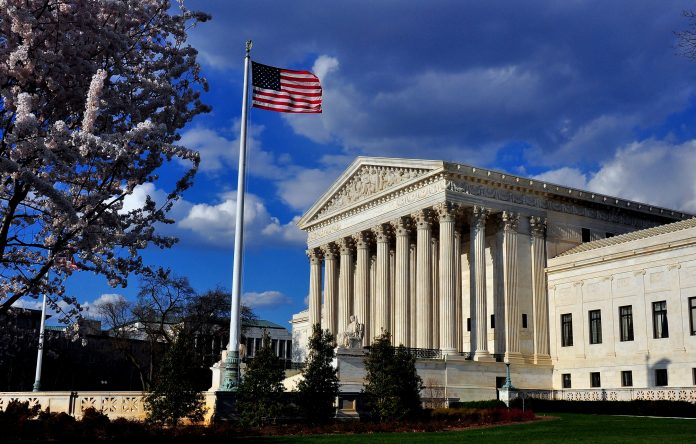One ruling hidden inside one of the Supreme Court’s horrendous decisions last week hasn’t received nearly the attention it deserves: the court’s radical expansion of who has standing to bring cases before the court.
When I argued cases before the Supreme Court in the 1970s, a challenger had to show they’d suffered a specific injury that could be remedied by relief from a federal court. If they failed to establish such standing, the high court would dismiss the case without considering the merits of their claim. The necessity to establish standing to bring a case before the Supreme Court has been an important guardrail preventing the court from getting into matters the Constitution has reserved for the other branches of government.
But on Friday, in Biden v. Nebraska — striking down President Biden’s student loan program — the majority decided that Missouri had standing to challenge the pro- gram. Why? Because a quasi-independent state agency — the Missouri Higher Education Loan Authority (MO- HELA) — might suffer financial losses from the loan program. As Chief Justice, John Roberts wrote for the majority:
“The … plan harms MOHELA in the performance of its public function and so directly harms the State that created and controls MOHELA. Missouri thus has suffered an injury in fact sufficient to give it standing to challenge the Secretary’s plan.”
Directly harms the State? Hello?
As Justice Elena Kagan wrote in her dissent, “In ad- judicating Missouri’s claim, the majority reaches out to decide a matter it has no business deciding” — with a ruling that “blows through a constitutional guardrail in- tended to keep courts acting like courts.”
From now on, a state can challenge any action of the federal government merely by setting up a quasi-inde- pendent agency indirectly affected by it.
Bad enough that the court’s majority is now making up its own laws — disregarding the Supreme Court’s own precedents it disagrees with, deciding Congress hasn’t authorized certain actions it disagrees with, and finding certain practices it disagrees with to be unconstitutional.
Bad enough that three of the justices now in the majority were appointed by a man who lost the popular vote, who was impeached twice, and who promoted an insurrection against the United States. And two others were appointed by a man who also lost the popular vote and led the nation into war in Iraq under false pretenses.
Now that the court has obliterated the guardrail on what it can consider, there are no limits to what this least democratic branch of government — and its extremist majority — might do.
Which is why it’s so important to reform the court — in three ways I’ve previously suggested: a code of ethics, term limits, and expanding the court.
What do you think?
Robert Reich, former U.S. Secretary of Labor, is professor of public policy at the University of California at Berkeley and the author of “The System: Who Rigged It, How We Fix It.” Read more from Robert Reich at https://robertreich.substack.com/
©2023 Robert Reich. Distributed by Tribune Content Agency, LLC.


